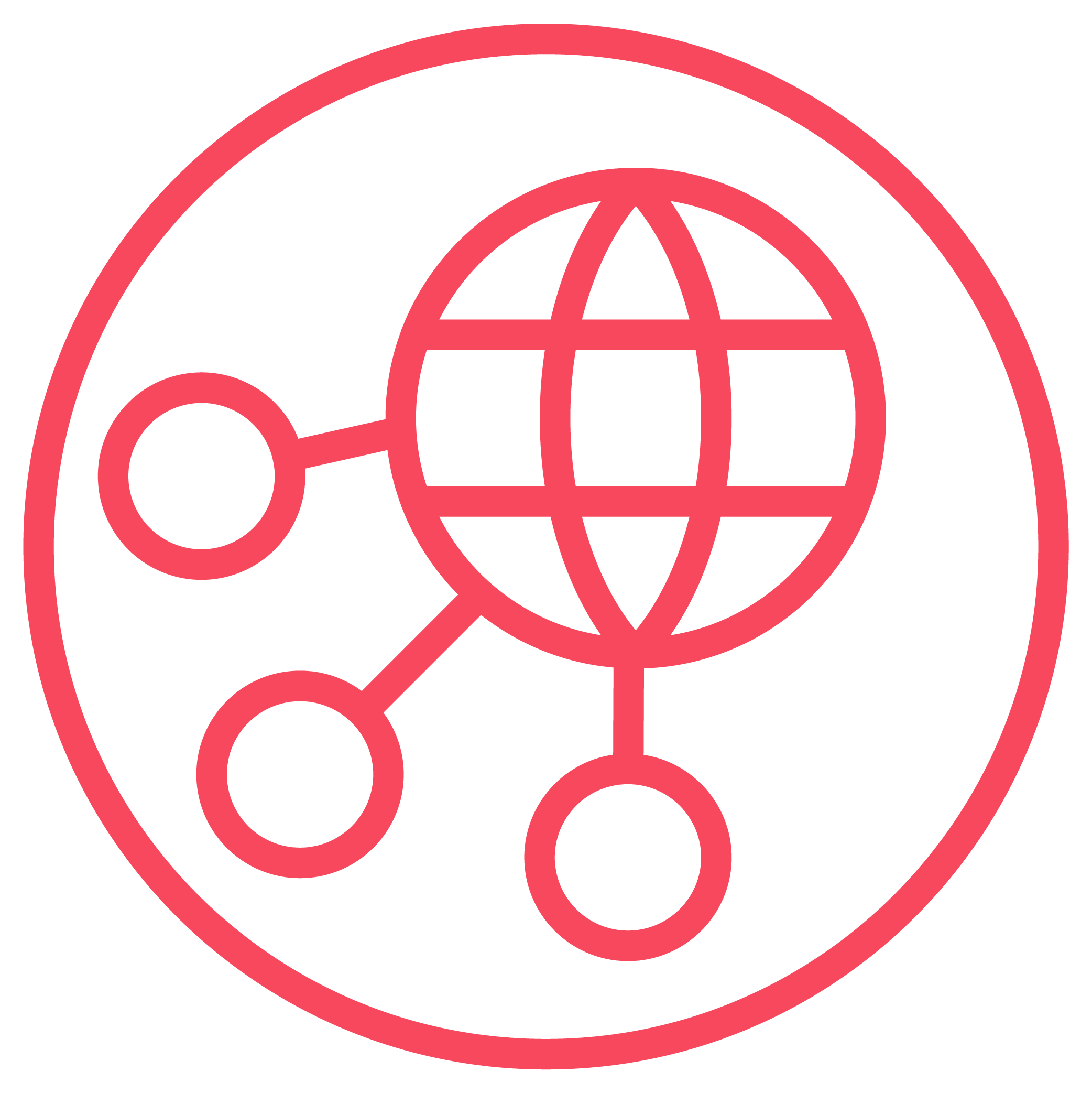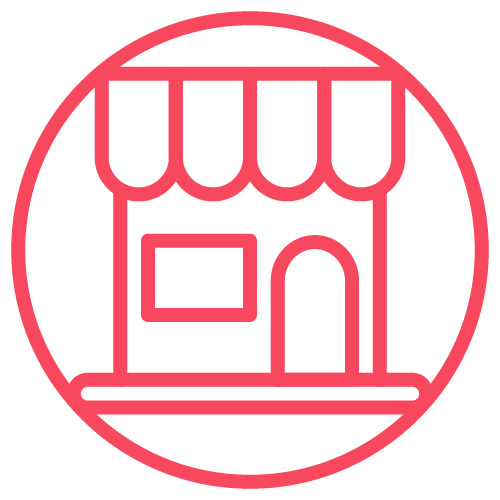Integration Consultancy
We support our customers with integration consultancy services. Devoteam offers the full spectrum of skills, experiences, and proven approaches needed to successfully integrate customer processes, services, products and operating models to ensure a successful transformation with the help of MuleSoft implementation services.
Need our help? Contact us!

What is integration in IT and why is it important?
Most of us probably heard about this term, but what does it actually mean?
At the simplest level, integration is the process of combining two or more units to create a whole. In business terms, integration often refers to software or system integration, which means joining multiple systems to cooperate as one. So basically, integration allows information to be shared between the connected systems.
The final result of integration is having a different subsystem working together so that the data contained in each becomes part of a larger, more comprehensive system that, ideally, quickly and easily shares data when needed. This often requires that companies build a customized architecture or structure of applications to combine new or existing hardware, software, and other communications. These integration solutions can come in many forms, regardless of industry, as long as multiple systems, applications, devices, or datasets need to be connected.
Integration in IT refers to the process of combining different software systems, platforms, and applications to work together seamlessly. This can include connecting different databases, linking different software programs, or integrating different hardware systems. The goal of integration is to create a cohesive and efficient system that can share data and functionality across different components. This can be accomplished through various techniques such as APIs, middleware, and service-oriented architecture (SOA).
For dummies
Sure, integration in IT is like connecting different puzzle pieces together to make a complete picture. Each piece represents a different software system, platform, or application. By connecting these pieces together, the different systems can share information and work together smoothly, like a well-functioning machine. This allows for more efficient use of resources and can improve the overall performance of the system. Think of it like getting a new toy, but in order to make it work, you have to connect all the pieces together correctly
Examples of projects we work on.

Building an Integration Competence Center.
This wholesale organization asked us to set up an Integration Competence Center as well as educating their project managers. Using the Mulesoft Anypoint Platform for the Integration Competence Center meant that users could access both on-premise and Cloud integration. We also created an entirely new delivery process, covering business development to development for production.

Omnichannel connectivity with MuleSoft.
This retail organization wanted to achieve a fully digital, omni-channel experience that enhances business value. They selected multiple Salesforce products and choose MuleSoft to facilitate the integrations. All applications and systems within this client’s landscape are now connected through re-usable APIs, using Anypoint. To reach an even greater agility, we set up loosely coupled systems and flexible architecture as well.

Integration platform based on Tibco Cloud Integration.
This mobility organization is building an integration platform based on Tibco Cloud Integration (a SaaS solution), which is fully provisioned via a CI/CD pipeline in Gitlab (deployment of BW6 CE workstations as well as Flogo applications), the pipeline further includes AWS Lambda functions, Datadog monitoring and Sonarqube for code quality.
Our Integration & API Management services
Integration Platform Selection
Let Devoteam help you evaluate different Integration Platforms. We support your business goals and make sure your ROI is a priority.
API Management Tool Selection
Find the best API Management platform that fits your technical and cultural requirements. With our advanced Tool Selection you’ll drastically decrease the time invested in exploring and assessing API Management Platforms.
API Management Quick Scan
The API Management quick scan is a fast, comprehensive review that helps you understand and improve the value you’re getting from your API Management Platform.
API Evangelization Workshop
Evangelize the value of APIs within your
organization. We guide you in your journey
to bring API solutions to your business.
Product-centric IT
IT Integration is no longer just the glue that ties IT systems together. Rather, it is at the core of innovation and value creation for digital businesses.
What are the benefits?
- Reducing costs
- Optimization of business processes
- Access to real-time data
- Usage of new data in new ways
- Improved scalability and more
Financial savings are, without question, among the most attractive benefits of system integration. Reducing overhead costs and other expenses by consolidating systems into a single platform, when possible, and connecting platforms that will remain in place is a result of a custom-built system integration strategy. The process of upgrading technology is inevitable – old software may not process data in the same manner as the new, a new service may need to be connected and the old system may not be able to support the functionality at all. However, replacement with a better system is a costly move. The integration allows cost-saving, by providing a central pipeline through which both old and new systems can communicate, using the existing infrastructure and gradually adding new functionalities and growing incrementally as needed.
Optimization of processes efficiency and streamlined operations are major benefits that come along, followed by greater business agility and smarter business decisions, as with integration, evaluations are based upon accurate, real-time data.
A fully-integrated system will open the door to new data collection opportunities. More data means more metrics and more insights, which allows improvements, enhancements, and other positive changes. Most modern system integration strategies demand the usage of cloud-based storage, cloud computing, and other cloud resources. Scalability is an important part of the equation, both from a financial standpoint and from a strategic perspective.
It’s also important that customers can access and request the information they require at any time. If they do not have a fast, positive experience with a website or integrated service offered by a business, it is unlikely they will be returning customers.
Need Integration Consultancy Services?
How can we help your organization thrive through seamless integration solutions? From strategy development to implementation, our experts are here to assist you every step of the way.
For inquiries or to discuss your specific integration needs, contact us via the form and let’s start the conversation towards unlocking your organization’s integration potential.
Let’s get in touch!
Most common questions about IT integration
Below you can find the most common questions about IT Integration
Different systems and platforms can be integrated effectively by using methods such as APIs, middleware, Service-Oriented Architecture (SOA), data integration, cloud integration, microservices architecture, and event-driven architecture. These methods provide a way to connect different systems and share data, allowing them to work together seamlessly. The best approach will depend on the specific requirements and constraints of the organization and systems involved, thus it is often best to consult with experts or IT integration specialists to determine the best integration strategy.
Integration can improve efficiency and collaboration within an organization by allowing different systems and platforms to share data and functionality seamlessly. This leads to automation of business processes, improved data access, enhanced collaboration, better customer service and better scalability. Integration can also streamline operations and provide a better customer experience.
Organizations can measure the success of their integration efforts by evaluating factors such as increased operational efficiency, improved data quality, increased automation, improved user experience, increased revenue and decreased costs. They should track key performance indicators (KPIs) that are directly related to the goals and objectives of their integration effort to measure its success.
Organizations may face challenges such as ensuring compatibility and interoperability, maintaining data integrity, addressing security concerns, and ensuring a seamless user experience when integrating different systems.
Maintaining security while integrating systems involves implementing security measures at different levels, such as data encryption, network protection, proper authentication and authorization mechanisms, compliance with a robust security policy, and regular monitoring for security breaches or anomalies. A multi-layered approach that includes both technical and administrative controls is necessary to ensure the security of the integrated systems.
Choosing the right tools and technologies for integration projects is crucial for the success of the integration process. The right tools and technologies should be selected based on the organization’s specific needs, goals, and constraints. It’s important to assess the current systems and processes to identify the integration points, evaluate the scalability and security requirements, and then select the tools and technologies that best suit the organization’s needs. It’s also good practice to consult with experts and vendors to understand the latest advancements and trends in integration technology and select the best fit for the project.